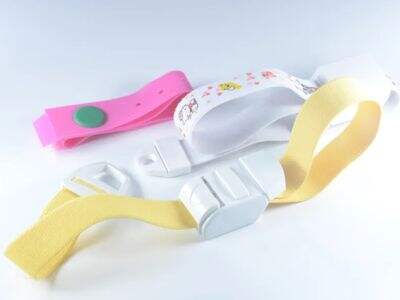A tourniquet is a piece of special equipment that can help put a stop to bleeding in an emergency. We’re taught how to do CPR because we can use that knowledge to save some one’s life. They should be teaching people to properly use a tourniquet. So, let’s break down how to use a tourniquet to save a life.
What a tourniquet itself is used for in emergencies:
If someone is bleeding heavily, stopping the bleeding quickly is very important. AN tourniquet is a tight strip that wraps around an arm or leg to stop the flow of blood out of it. This can help to save the person’s life by preventing them from bleeding too much.
Recognizing where to properly place a tourniquet on the body:
You apply a tourniquet by placing it on the arm or leg above the wound. Ensure it is on the side of the limb closest to the body. This will halt the bleeding more effectively. Do not place the tourniquet on a joint, such as the elbow or knee.
Correct positioning of the tourniquet for optimal haemostasis:
After you have the tourniquet at the right location, you must tighten it. You can then turn the rod or twist the stick to make the band more taut. Don’t stop until the bleeding does. You might have to turn the screw quite a bit for it to be tight.
Evaluating the patient with the tourniquet in place:
Keep a close eye on the person while the tourniquet is still in place. Just make sure they’re not in extreme pain. Look at their skin color to see whether it is turning blue or purple. If there’s a gross appearance to the skin, you might want to loosen the tourniquet slightly.
Taking the tourniquet off safely once medical help arrives:
They’ll help the person when the paramedics come. They will then determine when to take the tourniquet off safely. Don't remove it before they give you permission. Release the tourniquet slowly to prevent the bleeding from starting up.

 EN
EN
 AR
AR
 BG
BG
 HR
HR
 CS
CS
 DA
DA
 NL
NL
 FI
FI
 FR
FR
 DE
DE
 EL
EL
 HI
HI
 IT
IT
 JA
JA
 KO
KO
 NO
NO
 PL
PL
 PT
PT
 RO
RO
 RU
RU
 ES
ES
 SV
SV
 CA
CA
 TL
TL
 IW
IW
 ID
ID
 LV
LV
 LT
LT
 SR
SR
 SK
SK
 SL
SL
 UK
UK
 VI
VI
 SQ
SQ
 ET
ET
 GL
GL
 HU
HU
 MT
MT
 TH
TH
 TR
TR

